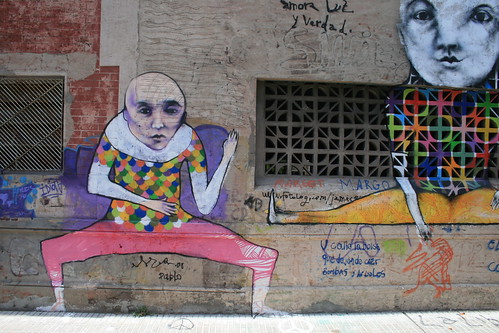 1. Depending on the quality of your Arabic one can pay anywhere from $1.25 to $10.00 to travel one kilometer by taxi.
1. Depending on the quality of your Arabic one can pay anywhere from $1.25 to $10.00 to travel one kilometer by taxi.2. I still can’t figure out which factions in Lebanon actually like the Druze population.
3. 300 families control a country that “does not exist.”
4. It takes three people about ten minutes to accurately count $60,000 in cash.
5. Hello, merci, and mahraba are all acceptable greetings though one is typically preferred over the rest depending on who you are talking to and what part of town you are in.
6. Every person you speak to has a different vision for what the city is and what it should be.
7. Most buildings in downtown are either bombed out or rising in new luxury construction.
8. Over 90% of Lebanese born live outside of Lebanon.
9. I didn’t think any city could have more physical bank branches than NYC … until I went to Beirut.
10. Barbed wire and champagne.




